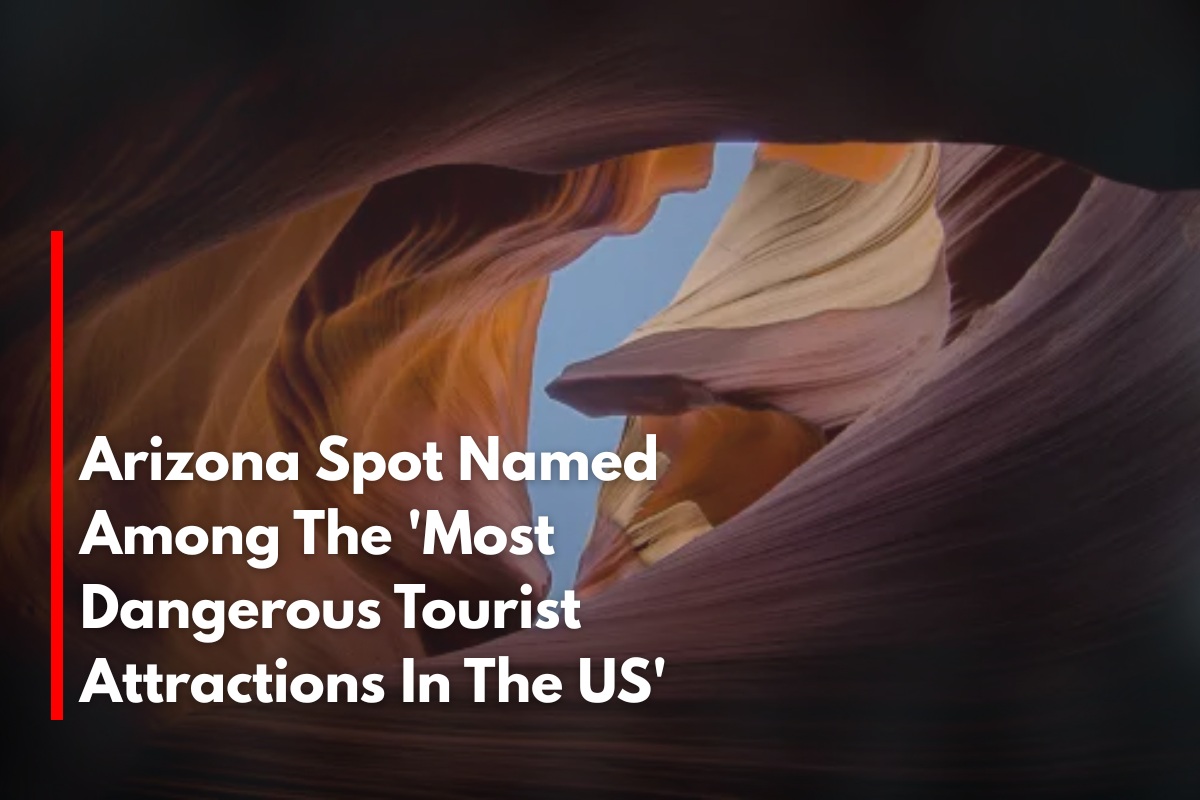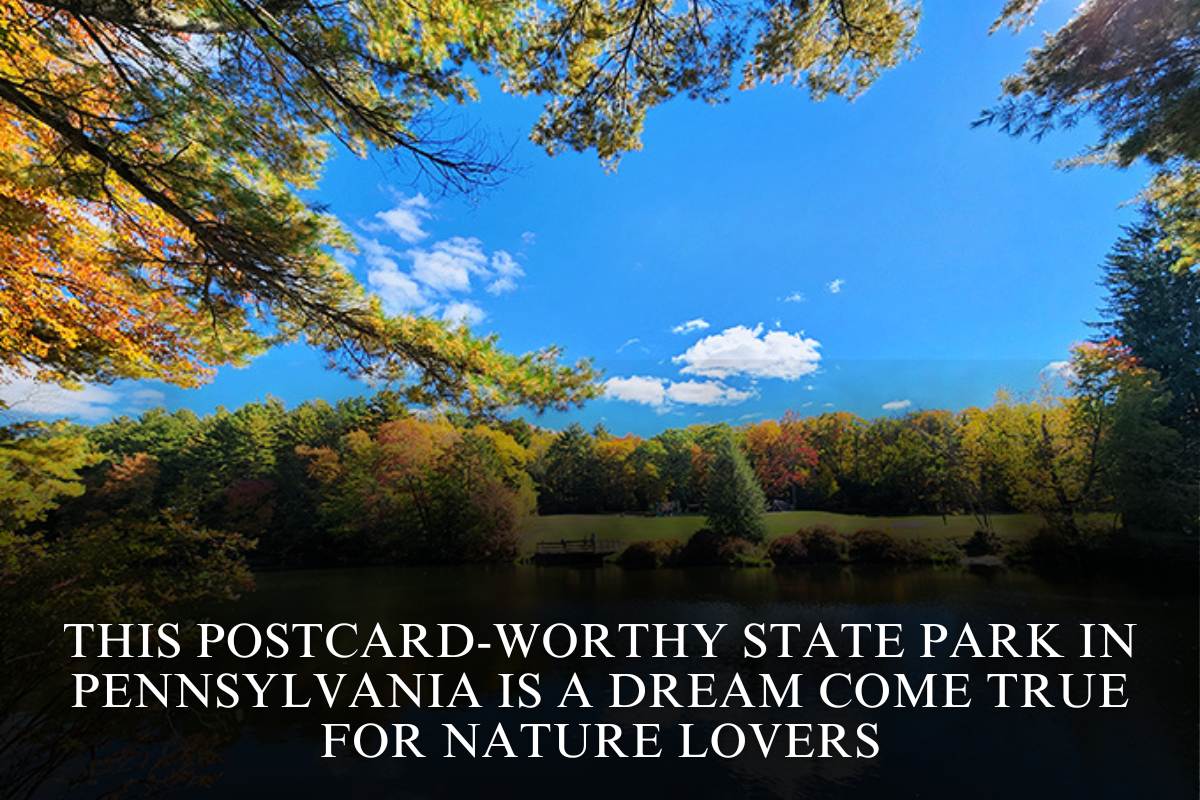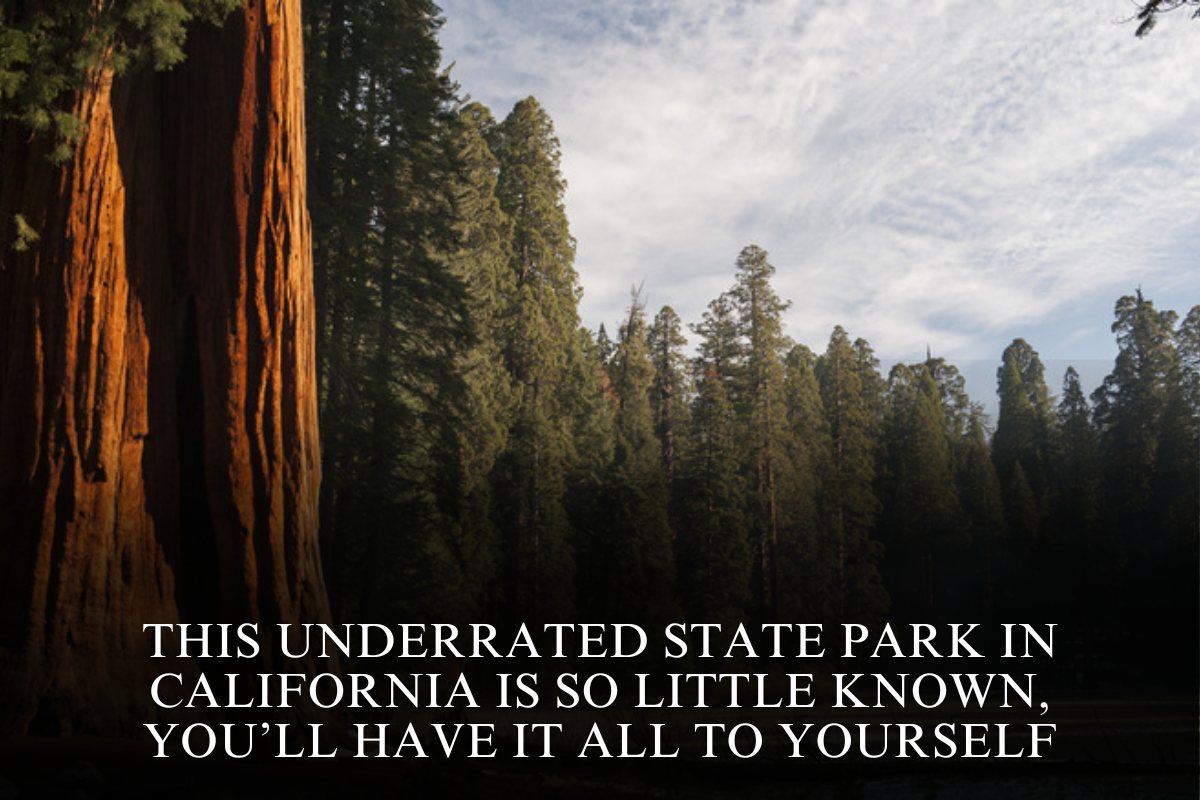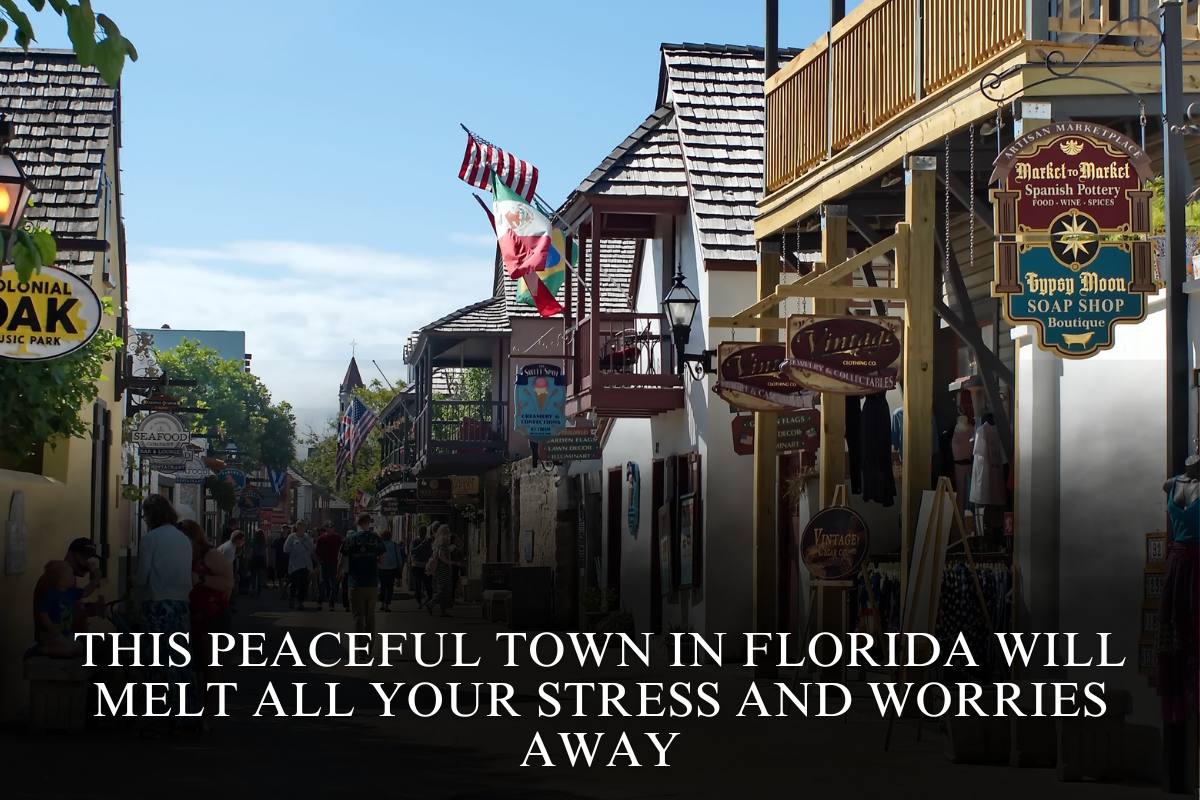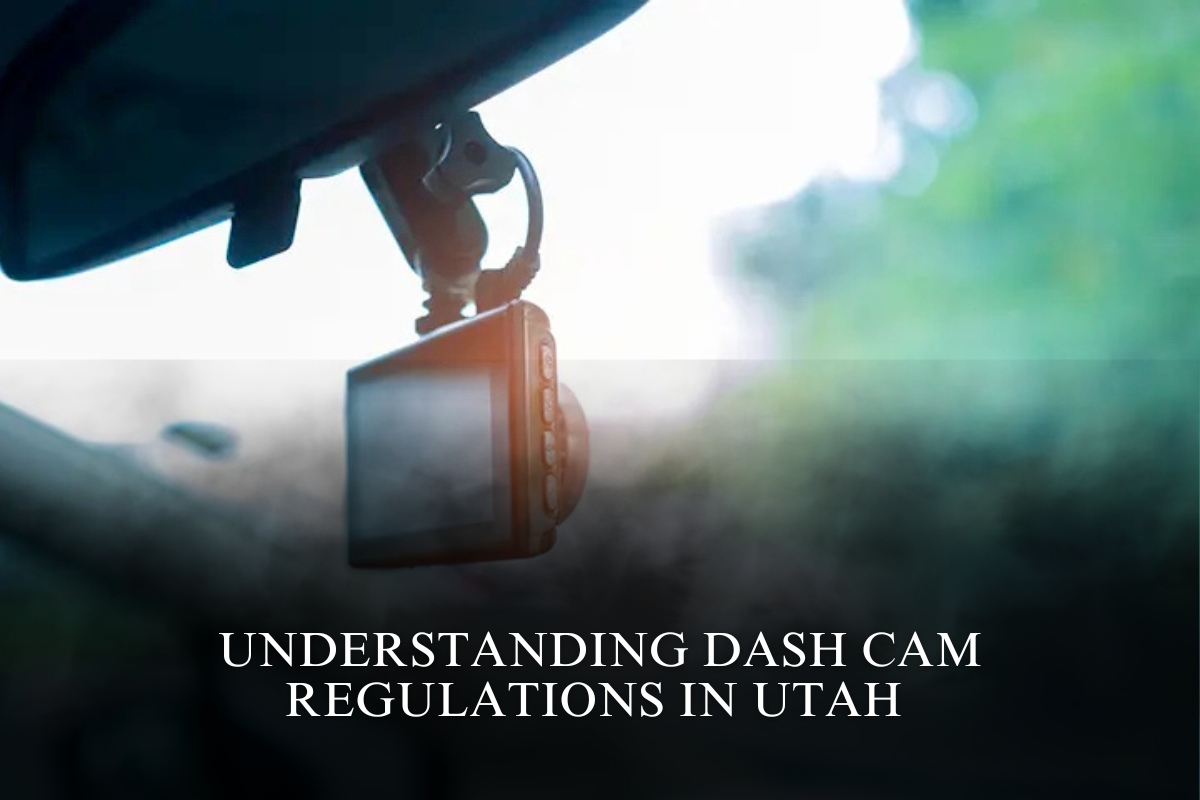Arizona boasts spectacular natural wonders, but none compare in sheer danger and awe to the Grand Canyon. Famous for breathtaking vistas and immense geological formations, the Grand Canyon is consistently named among the most dangerous tourist attractions in the United States, ranking high due to its dramatic landscape, unpredictable climatic conditions, and a history of fatal accidents.
What Makes the Grand Canyon So Dangerous?
1. Extreme Terrain and Steep Cliffs
The canyon stretches for 277 miles and plunges over a mile deep, featuring sheer drops that can appear deceptively safe to unprepared visitors.
Loose rocks, slippery trails, and crumbly edges add to the risk.
2. Weather Hazards
3. Accidents and Fatalities
On average, 12 deaths occur annually in the Grand Canyon, far higher than most other US national parks.
Since the late 19th century, the Grand Canyon has claimed more than 600 lives. Causes include falls from the rim, drownings in the Colorado River, heat-related incidents, lightning strikes, and even aviation accidents (over 250 deaths).
Notably, falls from viewpoints and hiking accidents contribute significantly to the risk for tourists.
Real Stories and Sobering Statistics
The Grand Canyon was recently ranked the fifth deadliest national park for winter visits, reporting a death rate 185% higher than the US park average during that season.
River rafting, while thrilling, poses its own dangers—ranging from rapid currents to sudden weather or health emergencies mid-journey.
Why Tourists Still Flock Here
Despite these dangers, millions are drawn to the Grand Canyon each year. Its allure lies in the unmatched scale of its beauty and the sense of adventure it inspires. Photographers, hikers, rafters, and sightseers seek out the challenging terrain for personal accomplishment as much as scenic enjoyment.
Safety Tips for Visitors
To safely enjoy the Grand Canyon:
Stay well back from cliff edges and observe all posted warnings.
Prepare for varying weather: bring adequate water, sun protection, and layered clothing.
Stick to marked trails and avoid solo hikes.
Check forecasts and watch for lightning or sudden storms.
If rafting or engaging in adventure sports, use licensed guides.
Know your limits—turn back if you feel overheated or unwell.
The Grand Canyon’s Enduring Reputation
While the Grand Canyon offers experiences found nowhere else on earth, it is also a place where respect for natural forces is paramount. Its deadly statistics serve as a cautionary note for all who visit: the line between wonder and risk can be razor-thin. For those who come prepared and cautious, however, the Grand Canyon remains an unforgettable highlight of Arizona’s rugged landscape.
Sources
[1] https://www.yahoo.com/news/arizona-national-park-among-deadliest-130050102.html
[2] https://www.thetravel.com/most-dangerous-tourist-attractions-in-the-world/
[3] https://www.iheart.com/content/2023-05-12-arizona-is-home-to-one-of-the-worlds-most-dangerous-tourist-attractions/
[4] https://www.reifflawfirm.com/americas-dangerous-tourist-attractions/
[5] https://www.loveexploring.com/gallerylist/166392/these-are-the-most-dangerous-tourist-attractions-in-the-us
